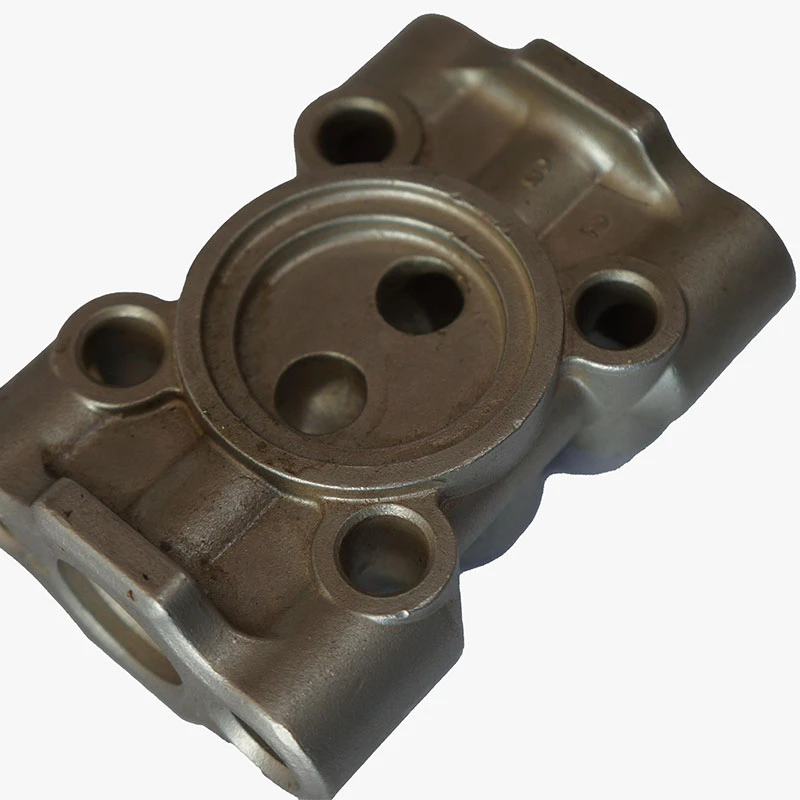silver casting sand
The Art and Science of Silver Casting Sand
Silver casting has a rich history that marries the realms of artistry and engineering. One of the key components in the casting process is the medium known as casting sand. This article explores the significance of silver casting sand, its composition, application, and the artistry that comes with casting silver into beautiful objects.
Understanding Casting Sand
Casting sand, primarily made from silica, serves as a mold material in the metal casting process. Its primary function is to provide a supportive structure for the molten silver, allowing it to retain its shape as it cools and solidifies. The characteristics of the sand—its grain size, shape, and moisture content—play a crucial role in the quality of the finished product.
The type of sand used can vary, but typically, fine grain sands are preferred for silver casting due to their ability to capture intricate details. The sand must also be able to withstand high temperatures without breaking down, which is essential for preserving the quality of the mold.
Types of Casting Sand
There are several types of casting sands used in the industry, including
1. Green Sand This is the most common type of sand used in casting. It is composed of silica sand, clay, and water. The clay acts as a binder, helping to hold the sand grains together, which enhances the mold's strength and durability.
2. Oil Sand This sand is mixed with a small amount of oil to provide flexibility and strength. It is often used for more detailed casting work, allowing for intricate designs without compromising the integrity of the mold.
3. Synthetic Sand With advances in technology, synthetic sands have emerged. These are engineered for specific casting requirements and can offer superior surface finishes and reduced gas emissions during the casting process.
silver casting sand

Each type of sand has its advantages and specific applications in silver casting. The choice of sand is often determined by the desired finish and complexity of the design being cast.
The Casting Process
The casting process begins with preparing a pattern of the desired object, usually made from a material like wood or metal. Once the pattern is ready, it is pressed into casting sand to create a mold. The mold is then carefully removed, leaving a cavity that mirrors the pattern.
When the mold is complete, molten silver is poured into it. As the silver cools, it takes on the shape of the mold. The quality of the casting is heavily influenced by the preparation of the sand mold. A well-prepared mold will result in a smooth surface and finer details in the final piece.
After the silver has cooled and solidified, the mold is broken away, revealing the finished product. This moment is always filled with anticipation; each piece is unique, bearing the nuances of the sand and the casting process.
Artistry in Silver Casting
Casting silver is not just a technical process; it is an art form that allows for incredible creativity. Skilled artisans can create exquisite jewelry, functional items, and decorative pieces using casting techniques. Each piece tells a story, capturing the imagination of its creator while bearing the distinct marks of the materials used.
The interplay between the artist's vision and the properties of the casting sand can lead to unexpected outcomes. Variations in texture and surface finish can add character and charm, making each completed piece truly one of a kind.
Conclusion
The art of silver casting, underscored by the use of casting sand, highlights a beautiful marriage of science and creativity. As technology continues to evolve, the materials and methods may change, but the fundamental principles remain the same. Each casting not only represents the skill of the artisan but also the history and tradition of metalworking. Whether producing intricate jewelry or larger sculptural works, silver casting with sand remains a fascinating journey of transformation, where raw metal becomes something extraordinary, imbued with life and artistry.
-
Precision Casting AI Solution with GPT-4-Turbo | Optimized QualityNewsAug.02,2025
-
Precision Sheet Metal Stamping Manufacturer | Fast & ReliableNewsAug.01,2025
-
OEM Sand Cast Pump Valve Fittings - Baoding Hairun Machinery And Equipment Trading Co., Ltd.NewsAug.01,2025
-
Custom OEM Impellers | High Efficiency & PrecisionNewsAug.01,2025
-
OEM Sand Cast Pump Valve Fittings - Baoding Hairun Machinery | Customization, Quality AssuranceNewsAug.01,2025
-
OEM Sand Cast Pump Valve Fittings - Baoding Hairun Machinery And Equipment Trading Co., Ltd.NewsAug.01,2025















